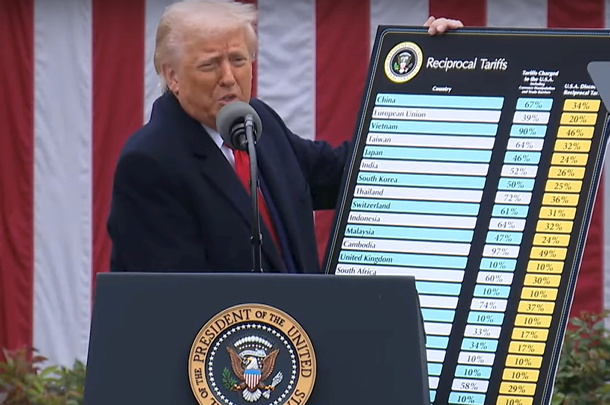
Russia backs lifting an embargo on diamond exports from the Central African Republic, the deputy finance minister said Tuesday as Moscow was preparing to chair a global scheme regulating the gem trade.
Russia has made moves to strengthen its influence in the poor but strategic CAR in recent months, sending military instructors to the country and receiving mining concessions as part of a plan to boost its presence in Africa.
Next year Moscow will be chair of the Kimberley Process, a global scheme established in 2003 to eliminate the so-called “blood diamonds” produced in rebel-controlled areas.
It currently upholds an embargo for rough diamond exports from some regions of the CAR.
But Russian deputy finance minister Alexei Moiseyev said the system was not working and told RIA Novosti news agency that exports from all regions of the CAR “should be made legal”.
“The current bans are unfair to poor people who can only earn money by (diamond mining),” he said, adding that Russia believes diamonds from banned “red zones” still find their way onto the market, undermining the embargo.
The CAR has been wracked by violence between various armed groups and the government for years.
The country was banned from exporting diamonds in 2013 and suspended from the Kimberley Process, but in 2016 government-controlled zones in the west were judged to be compliant and exports were approved.
Russian company Lobaye Invest, which reportedly has ties to an ally of President Vladimir Putin, recently received a licence to mine for diamonds at several sites in the CAR.
Moiseyev said the government and a special working group should work out a mechanism to make exports from all parts of the country legal.
According to Kimberley, CAR produced 13,571 carats in 2018, down from about 365,000 carats before the civil war began in 2012, but Moiseyev said it was likely that diamonds from banned zones still ended up on the market, boosting the number.
“We suspect that the same amount (as before)… is being produced now and practically all ends up on the world market as contraband,” he said. “The money earned is used by criminals.”
Source: DCLA





